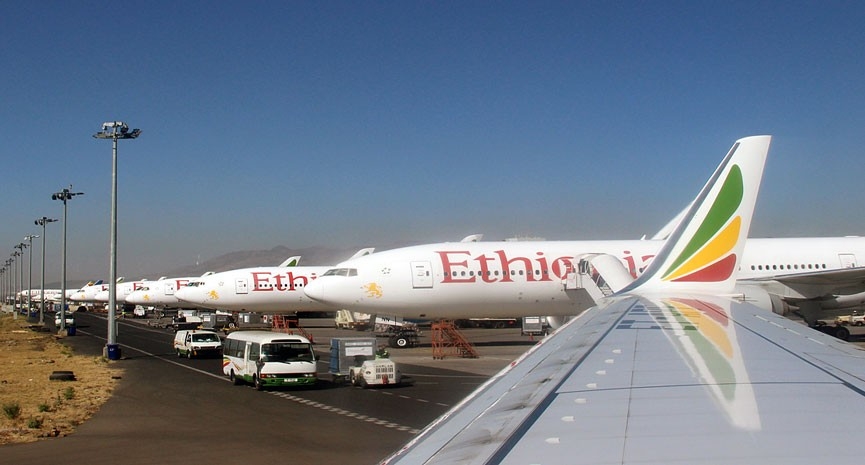As African aviation traffic recovers, Boeing forecasts demand for 1,010 new airplanes
Fast-growing intra-regional and domestic networks drive intra-African traffic growth of 6.1%

Boeing estimates that intra-regional and domestic networks across the African content will grow with a robust 6.1% compound annual growth rate, driving twenty-year demand for 1,010 new airplanes by 2040 valued at $176 billion. With Europe remaining the most prominent origin/destination for African carriers, overall African air traffic growth is forecasted at 5.2%, the third highest among global regions.
Boeing provided the data as part of its 2022 Commercial Market Outlook (CMO), the company's long-term assessment of global demand for commercial airplanes and services. African aviation traffic has recovered at a strong pace in 2022 with pent-up demand and economic growth driven by higher global commodity prices allowing African airlines to recover their flight operations to 80% of pre-pandemic levels.
Africa's above-world average annual economic growth of 3.1%, combined with increasing rates of urbanization and a growing middle-class population will continue to be the drivers of Africa's long-term traffic demand, according to Boeing. Initiatives such as the African Continental Free Trade Area and Single African Air Transport Market are expected to further stimulate trade and intra-regional connectivity.
"African carriers are well-positioned to support inter-regional traffic growth and capture market share by offering services that efficiently connect passengers and enable commerce within the continent," said Randy Heisey, Boeing's managing director of Commercial Marketing for the Middle East and Africa. "We forecast an increase in the average aircraft size and seats per aircraft for the African fleet, as mid-size, single aisles, like the Boeing 737 MAX, will be the most in demand for the continent."
The 2022 Africa CMO also includes these projections through 2041:
- Airlines in Africa will grow their fleets by 3.5% per year to accommodate passenger traffic growth of 5.2% annually, above the global average growth of 3.8%.
- Single-aisle jets are expected to account for more than 70% of commercial deliveries, with 740 new planes mainly supporting domestic and inter-regional demand. In addition, African carriers are estimated to need 250 new widebodies, including passenger and cargo models, to support long-haul routes and air freight growth.
- More than 80% of African jet deliveries are expected to serve fleet growth with more sustainable, fuel-efficient models such as the 737, 777X, and 787 Dreamliner, with nearly one in five deliveries replacing older airplanes.
- The estimated demand for aviation personnel will rise to 67,000 new professionals, including 20,000 pilots, 21,000 technicians, and 26,000 cabin crew members.
- Commercial services opportunities such as supply chain, manufacturing, repair, and overhaul are valued at $80 billion.


